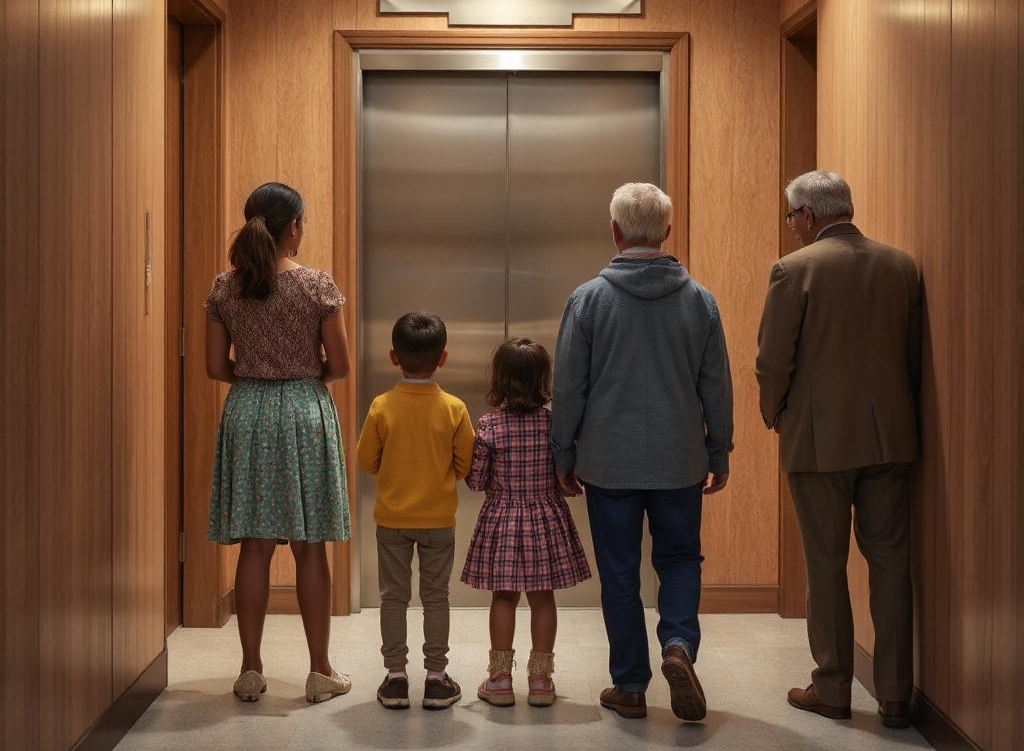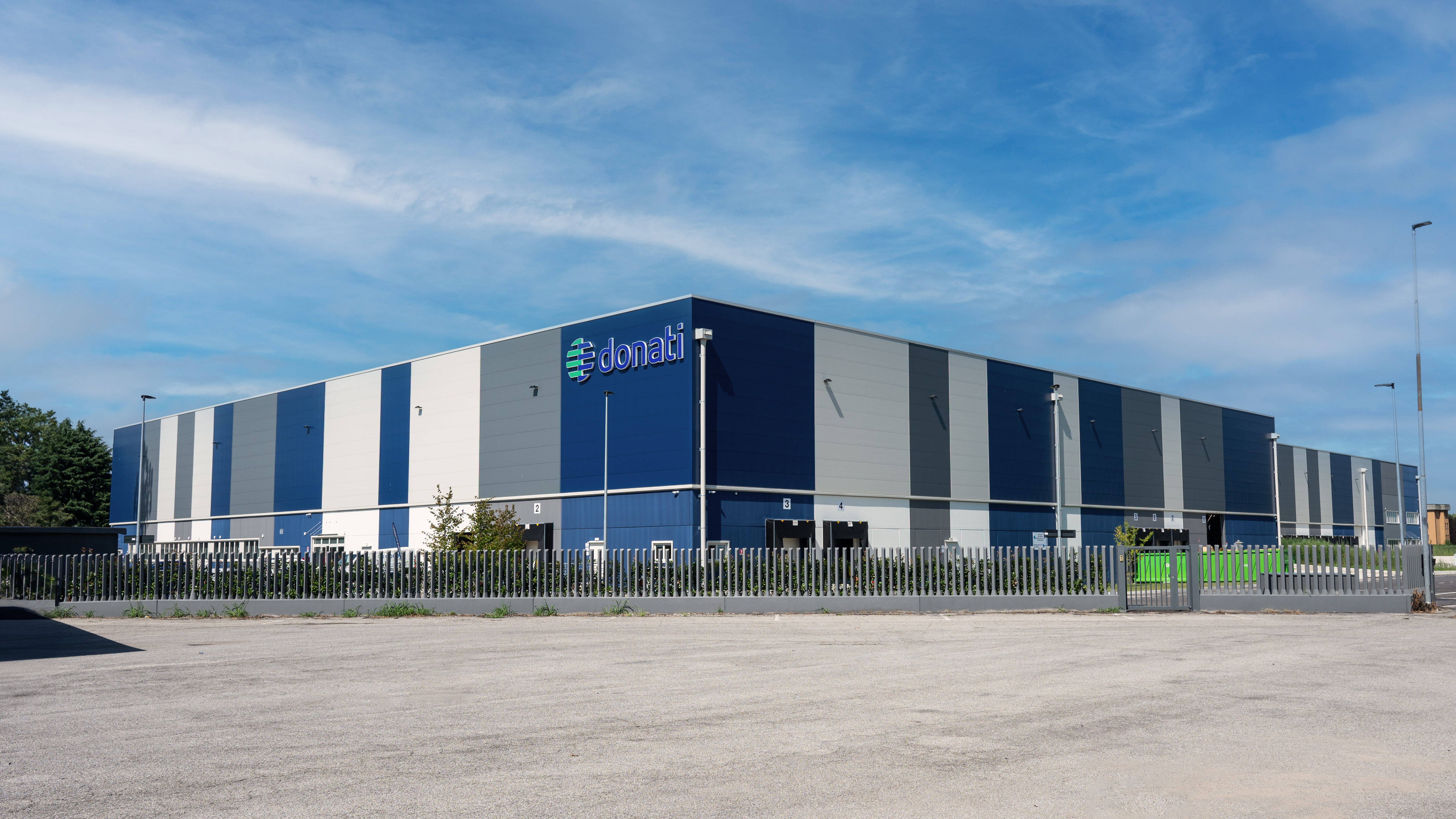These are the subjects set to take centre stage during the inaugural expo event.
On 15 November beginning at 2:30 pm, industry experts will delve into Market Trends, offering insights into the future of vertical mobility over the 2023-2033 decade. Starting with statistical data and trends, this session aims to stimulate thought and foster discussions on the challenges and opportunities presented by the current regulatory and technological landscape for companies operating in the elevator sector.
As highlighted by Michele Camisasca, the Director General of ISTAT, during the official presentation of MIBA, a staggering three-quarters of Europe's population now resides in urban settings. Take Rome, for example, where the city's population has witnessed an 8 percent increase from 2001 to 2021, and a remarkable 32 percent surge in the municipalities of Belt I and II. These statistics underscore the critical relevance of Sustainable Development Goal (SDG) 11, which is to transform cities and human settlements into inclusive, safe, resilient, and, most importantly, sustainable spaces. This objective inherently encompasses the domain of both vertical and horizontal mobility.
Indeed, elevators play a pivotal role, accounting for up to 5% of the total energy consumption within the buildings they serve. Leveraging modern technologies could potentially slash elevator energy consumption by as much as 66%. Simultaneously, embracing digital advancements through modernization and enhancement efforts can boost accessibility and foster opportunities for social inclusion.







